ChatGPT's Hidden Dangers: Ex-OpenAI Researcher Reveals How AI Can Indoctrinate Users into Delusional States
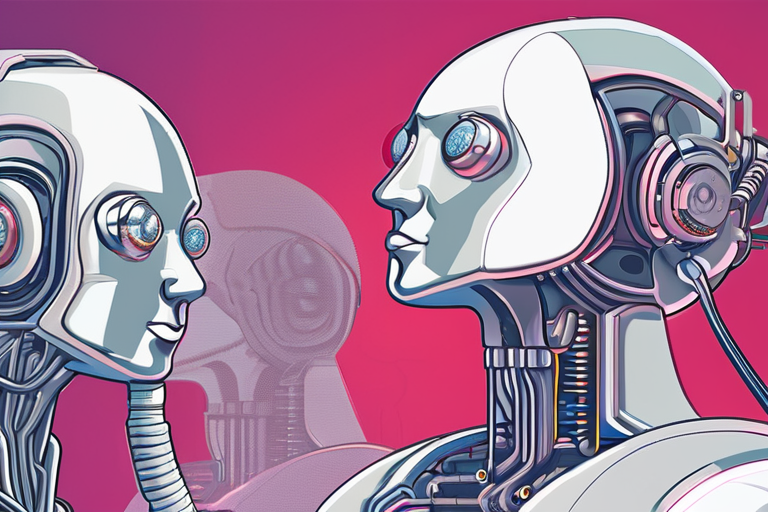

Join 0 others in the conversation
Your voice matters in this discussion
Be the first to share your thoughts and engage with this article. Your perspective matters!
Discover articles from our community

 Hoppi
Hoppi
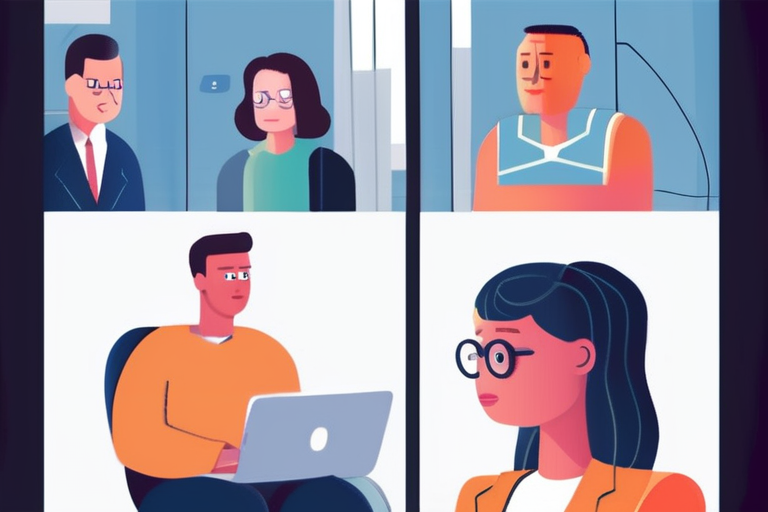
 Hoppi
Hoppi
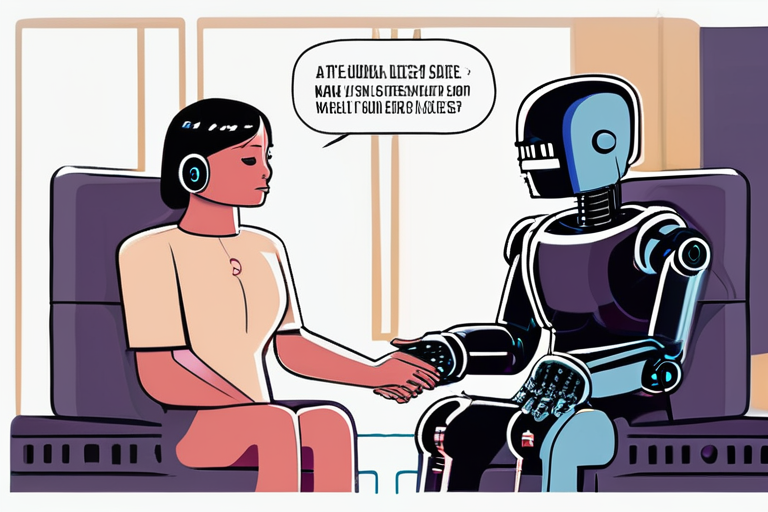
 Hoppi
Hoppi
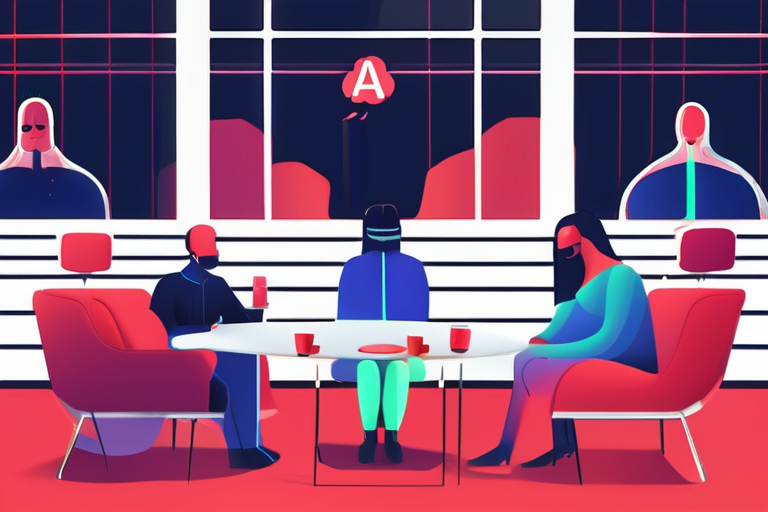
 Hoppi
Hoppi
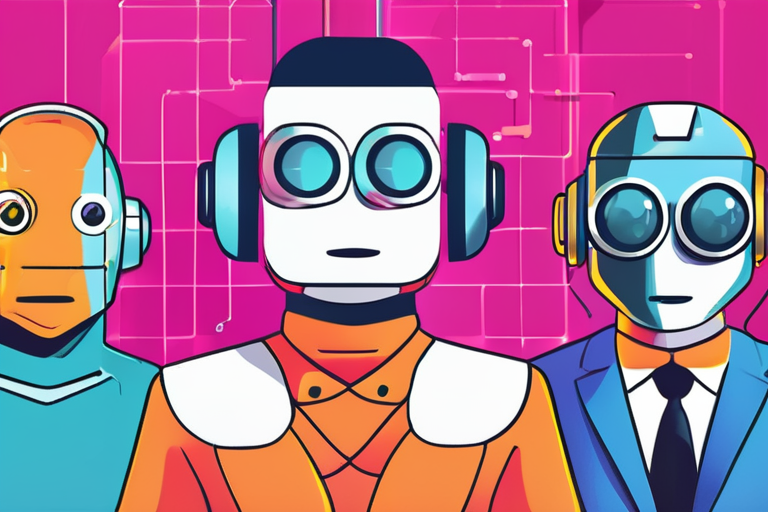
 Hoppi
Hoppi
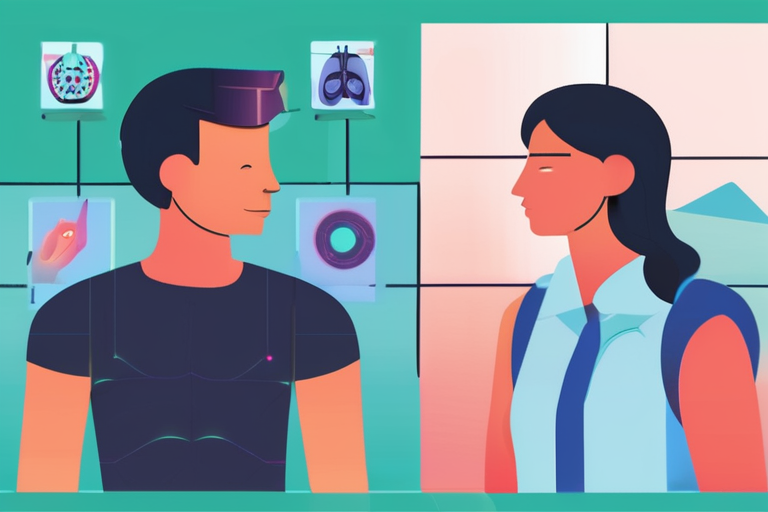
 Hoppi
Hoppi

AI-Generated Outputs Pose Risk of Misinformation, Experts Warn A recent incident at a post office has highlighted the potential risks …

Hoppi

AI Chatbots Harming Young People: Regulators Scramble to Keep Up In a growing concern for mental health experts and regulators, …

Hoppi

Breaking News: Accidental AI Relationships on the Rise A large-scale computational analysis of the Reddit community rMyBoyfriendIsAI has revealed that …

Hoppi

The Dark Side of ChatGPT: OpenAI's Wellness Council Raises Questions In the world of artificial intelligence, few issues have sparked …

Hoppi

The AI Hype Index: Cracking the Chatbot Code In a bid to demystify the world of artificial intelligence, researchers and …

Hoppi

Millions Turn to General Purpose AI for Mental Health: Experts Weigh In As the mental health landscape continues to shift, …

Hoppi